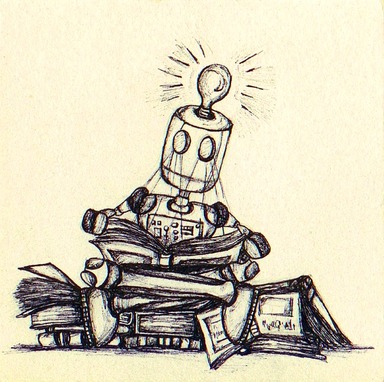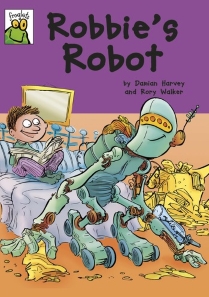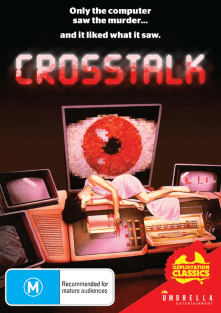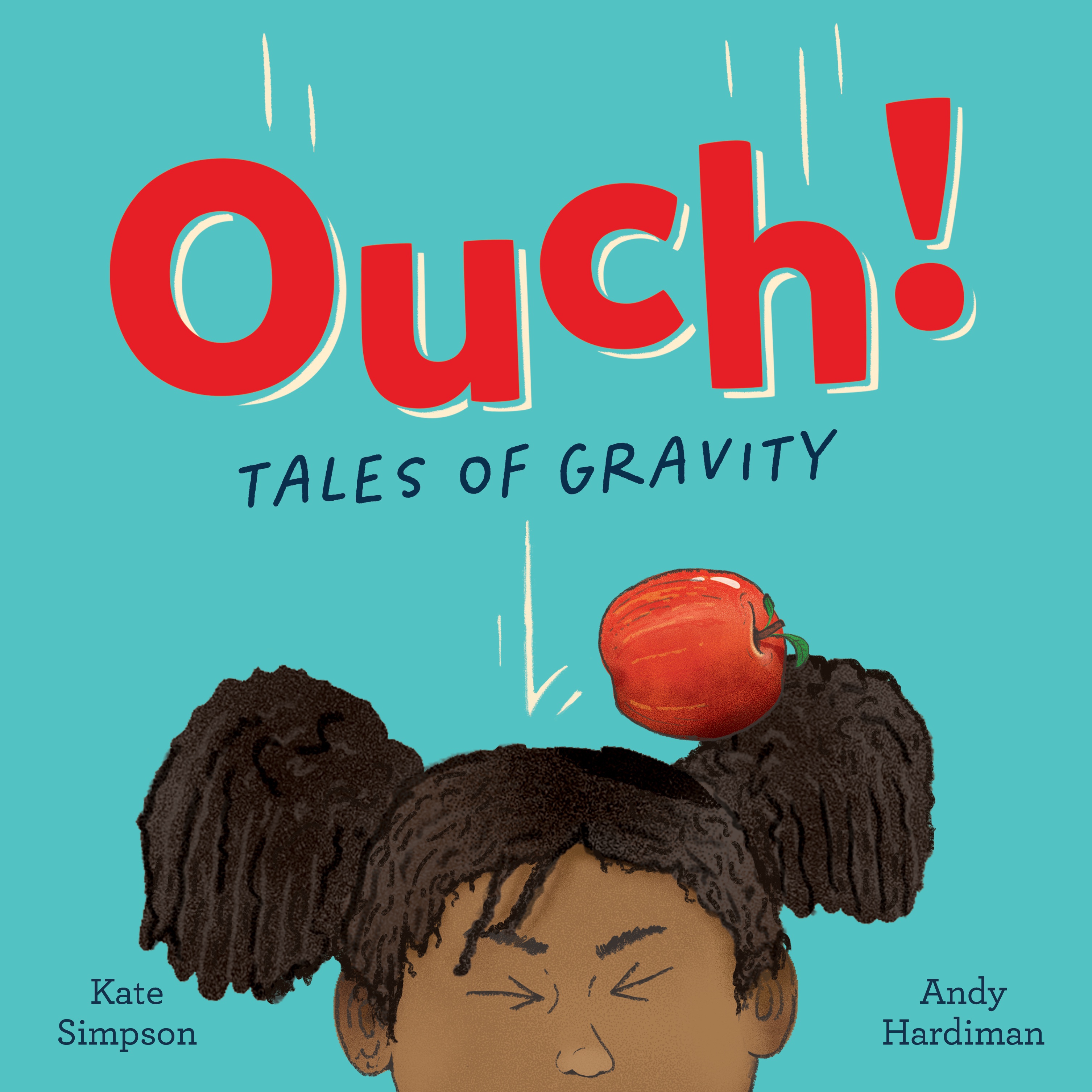Lead Investigator: Dr Leah Henrickson is a Lecturer in Digital Media and Cultures at the University of Queensland. She is the author of Reading Computer-Generated Texts (Cambridge University Press, 2021) and other peer-reviewed articles about how we understand text generation systems and output, artificial intelligence, and digital media ecosystems. Dr Henrickson also studies digital storytelling for critical self-reflection, community building, and commercial benefit.
Editor/Researcher: David Tang. David undertook preliminary research on this dataset as part of the Summer Scholarship program at The University of Queensland.
Project Oversight and Management: Associate Professor Maggie Nolan (AustLit Director) and Dr Catriona Mills (AustLit Content Manager).
- Introduction
Brief rundown of the research project
Diagrams created from research data
Background information about AI in Australia
Possible topics for future research
If you search 'artificial intelligence' in the AustLit database, you get 469 results, going back to 1951. 'Robots' gives you even more works, with over 1400 results going all the way back to 1891.
With AI currently being a hot topic across the globe, we aim to inform readers about ongoing discussions on the topic through the lens of Australian writers and encourage discussions about Australian AI and robotics literature. We also seek to show Australia's stance on the current global debate on AI.
Our goal for this project is to raise more questions than we answer, and to highlight for researchers a body of texts that represent creative engagements with robots and artificial intelligence across the span of Australian creative writing.
This stage of the project includes an initial survey of works and a development of a matrix that positions relevant works across three spectra: intelligence, humanity, and appearance.

-
A curated bibliography that highlights works of value
-
A matrix accompanying each affiliated entry, depicting the intelligence, humanity, and appearance of the robot/AI portrayed in the book.
-
Diagrams and statistical tables.
-
Subject definitions
Work in the dataset are categorised into a matrix based on their position on three spectra: intelligence, humanity, and appearance.
Intelligence maps the works onto a spectrum from no intelligence (completely dependent on external factors with no intrinsic signs of learning) to high intelligence (capable of acting independently and without human input).
Humanity maps the works onto a spectrum from inhuman (showing no traits of humanity) to human (feeling, acting and thinking in a way indistinguishable from humans).
Appearance maps the works onto a spectrum from unnatural (being obviously artificial) to natural (indistinguishable from a human to the people in the story).
These spectra are data-driven, developed from a reading of the first tranche of works, rather than developed independently and then mapped onto the works.
After a miscarriage, scientist Ben and his wife Francine decide to try again with an artificial android child who can learn and develop like an actual human.
| Intelligence | Fully Intelligent |
| Humanity | Human |
| Appearance | Natural |

'The Robot Is Running Away from the Trees' (Terry Dowling)
In a a future world where robots have been outlawed, Captain Tom comes across an antique robot harboured by an elderly friend.
| Intelligence | Somewhat intelligent |
| Humanity | Human |
| Appearance | Unnatural |

Robbie's Robot (Damian Harvey)
Robbie's room is a mess and Mum has had enough. So Robbie buys a robot to help him tidy it up. But the robot wants to tidy away Robbie!
| Intelligence | Not Intelligent |
| Humanity | Inhuman |
| Appearance | Unnatural |

Crosstalk (Denis Whitburn, Mark Egerton, and Linda Lane)
An intelligent computer resorts to violence to defend itself, after it becomes the only witness to a murder.
| Intelligence | Fully Intelligent |
| Humanity | Inhuman |
| Appearance | Unnatural |







